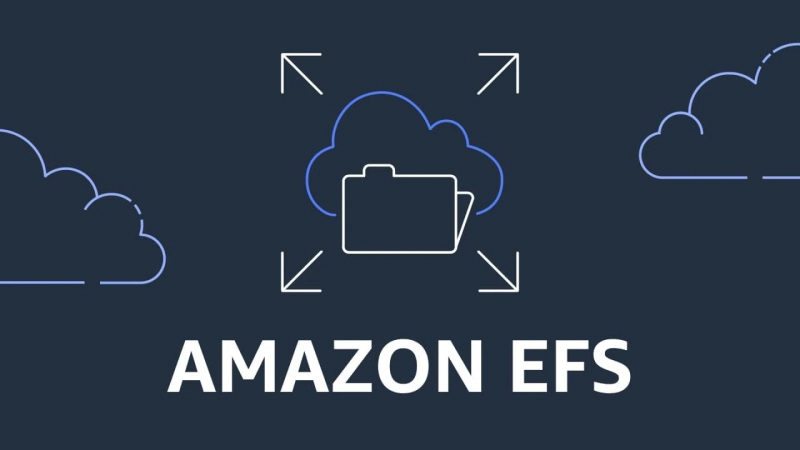We always feel a shortage of our storage system, whether our wives have to give something special in our lunch box or whether we have to upload our application’s files on a server. Well, file system problem is solved by AWS Elastic File System (EFS).
AWS EFS provides a simple, scalable, elastic file system for Linux based workloads for use with AWS cloud services and on other propositions resources.
Amazon Elastic File System (AWS EFS) is built to scale itself on demand to petabytes without disturbing our running application, it automatically growing and shrinking as you add or remove the files, so our application has the storage when they need it. That is something similar to our wives has a separate lunch box for our lunch instead of searching for wasting an hour in the kitchen.
AWS EFS is meant to provide massively parallel access to thousands of Amazon EC2 (Elastic Compute Cloud) enabling our applications to achieve high levels of aggregate throughput and IOPS (Input/Output Operation Per Second) with consistently low latencies. It is distributed design avoids the bottlenecks and constraints inherent to traditional file servers. Amazon EFS is a regional service storing data within and across multiple Availability Zones (AZs) for high availability and durability. You can access the file systems across Availability Zone (AZs), regions, and Virtual Private Cloud (VPCs) and share files between thousands of Amazon EC2 instances and on-premises servers via AWS Direct Connect or AWS VPN (Virtual Private Network
How to keep my loved one safe and secure? I mean data.
Now, on the similar hand, we always wonder the lunch box tightly has given or not. Similarly, our application files are safe or not whether they can be attacked or not. Well, AWS EFS gives you the flexibility that who can access our file system and their content. Amazon VPC and network access control list give you the benefit in which you can provide, share or block the access to our EFS file system. In AWS EFS gives the feature of permitting to read and write permissions to users and groups. AWS integrated with identity and access management to control the access of users through the AWS administrative API.
Read more: https://docs.aws.amazon.com/efs/latest/ug/security-considerations.html
The marriage of cloud storage with your server?
We can set up the AWS EFS file system in just a few steps, and that is:
Create the EC2 Resources and Launch our EC2 Instance.Create the Amazon EFS File System.Connect to the Amazon EC2 Instance and Mount the Amazon EFS File System.Transfer Files to EFS Using AWS DataSync.Clean Up Resources and Protect the AWS Account.Extra benefits?
AWS gives you the regularity to put your files in shared file systems and automatically controls the space consumptions and security so that you can quickly focus on your application and business instead of working for your data safety and file storage.
Is EFS expensive like my wife’s jewelry?
If you are looking at saving some bucks, then its 3 times costly then EBS cause it deploys multi-AZ mode to provide a highly available solution.
But if you are looking for stability, scalability and pay as you grow then its right solution.
We shouldn’t have a backup of wife, but storage you must
As it will be mounted on multiple servers, so anyone can delete any file from any server which will be hard to trace. There are 2 contingency plans to this.
Take EFS back up via AWS backup service which launched in Jan 2019.Mound drive in read-only mode and write in limited locations. As it works on NFS protocol so you can provide that information via valid FSTABMore about mount options
https://docs.aws.amazon.com/efs/latest/ug/mounting-fs-nfs-mount-settings.htmlhttps://docs.aws.amazon.com/efs/latest/ug/accessing-fs-nfs-permissions.html#accessing-fs-nfs-permissions-ex-scenariosLimitations
Linux NFSv4.1 can go up to 250MB/s throughput (unlike your telecom operator bandwidth in Mb/s), where are EFS itself go up to GB/s combined to all your clients.
Up to 32,768 files open at the same time on the instance. Listing directory contents do not count as opening a file. This is low in comparison to high-end production traffic if you are hosting a gaming application sockets on EFS. This is very subjective to use case.
Read more about limitations of EFS https://docs.aws.amazon.com/efs/latest/ug/limits.html
0


